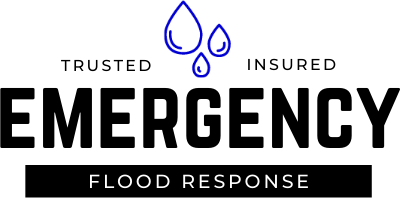As a homeowner, encountering soot can be alarming, and figuring out how to effectively remove it is crucial. This comprehensive guide is designed to demystify the process of soot removal, providing you with in-depth knowledge, tips, and best practices to ensure your home remains a safe and clean environment.
Understanding Soot: Where Does It Come From?
Before diving into the specifics of soot removal, it’s important to understand what soot is and why it presents a pressing concern. Soot is a fine, black or brown powder formed through incomplete combustion of organic materials, such as wood, coal, diesel fuel, or candles. This fine particle is not just a cosmetic nuisance; it can present significant health risks and is often an indicator of potential fire hazards.
Common Sources of Soot in Homes
There are several common sources of soot in homes:
- Burning Fuels: The use of fireplaces, wood stoves, and certain candles can produce soot.
- Appliances: Malfunctioning or improperly venting gas or oil furnaces, or stoves can also be sources of soot.
- Fire Incidents: Soot can infiltrate a home after a fire, even if the fire doesn’t directly impact the structure.
The Health Risks of Soot and Why You Should Remove

Soot is more than just a troublesome stain; it can pose serious threats to your health and property.
Inhaling airborne soot particles can lead to various health complications, particularly in individuals with respiratory issues or compromised immune systems. Soot is linked to respiratory issues, aggravated asthma, and can carry carcinogenic compounds.
Property and Appliance Damage
Soot’s corrosive nature means it can damage property and harm the efficiency of appliances. If left untreated, soot can lead to health-damaging conditions. For example, soot in the chimney or vent poses a heightened fire risk due to its flammability.

- Heavy Soot: If the soot is heavy or widespread, professional soot removal services may be necessary to ensure thorough cleaning and prevent property damage.
- Health Concerns: If the soot is from a fire or if there are health concerns, consult with professionals to address any lingering issues.
By arming yourself with the information and tips provided in this guide, you can approach soot removal with confidence and effectiveness. Remember that safety is paramount, and when in doubt, it’s always better to seek the help of trained professionals.

